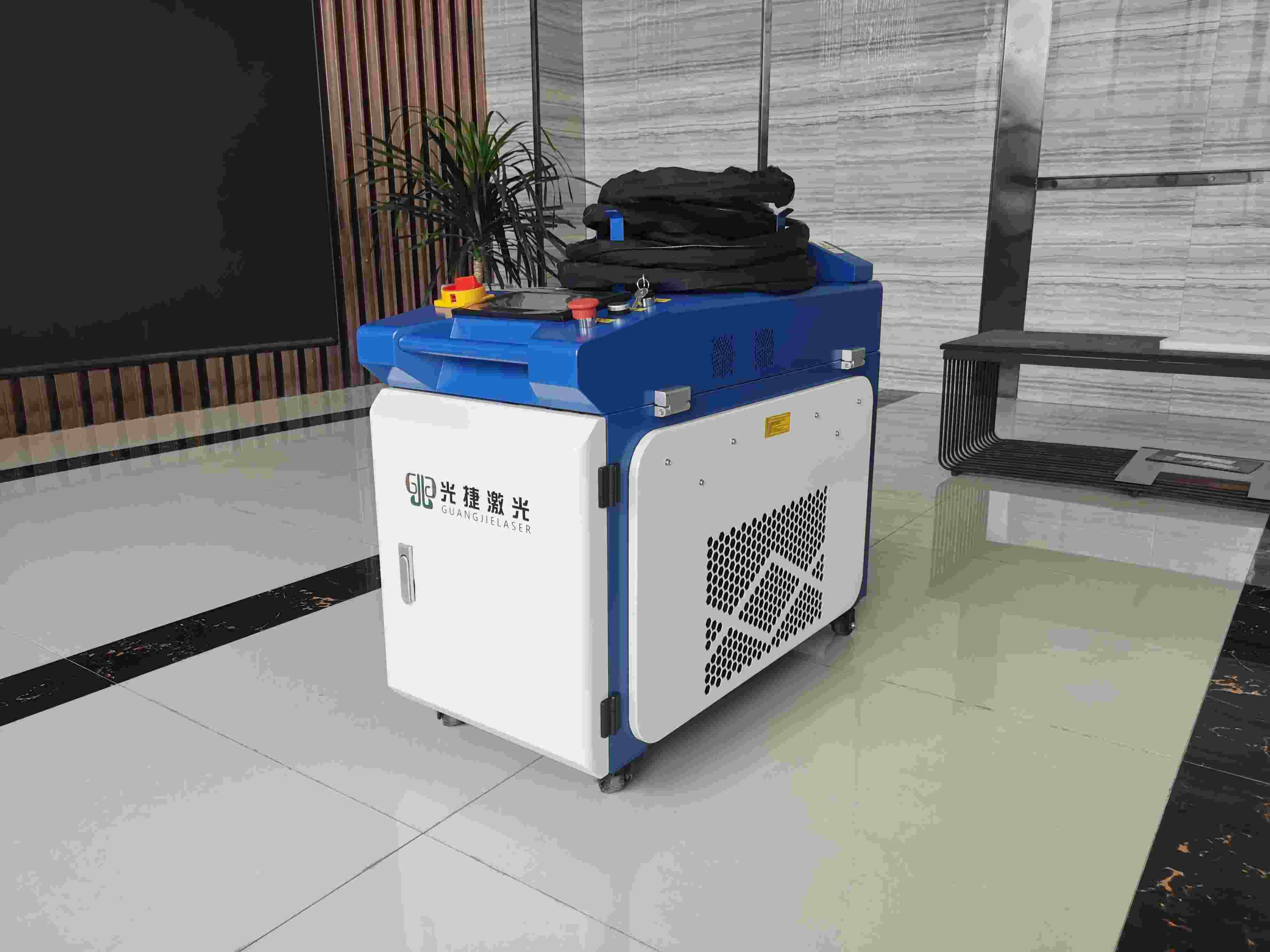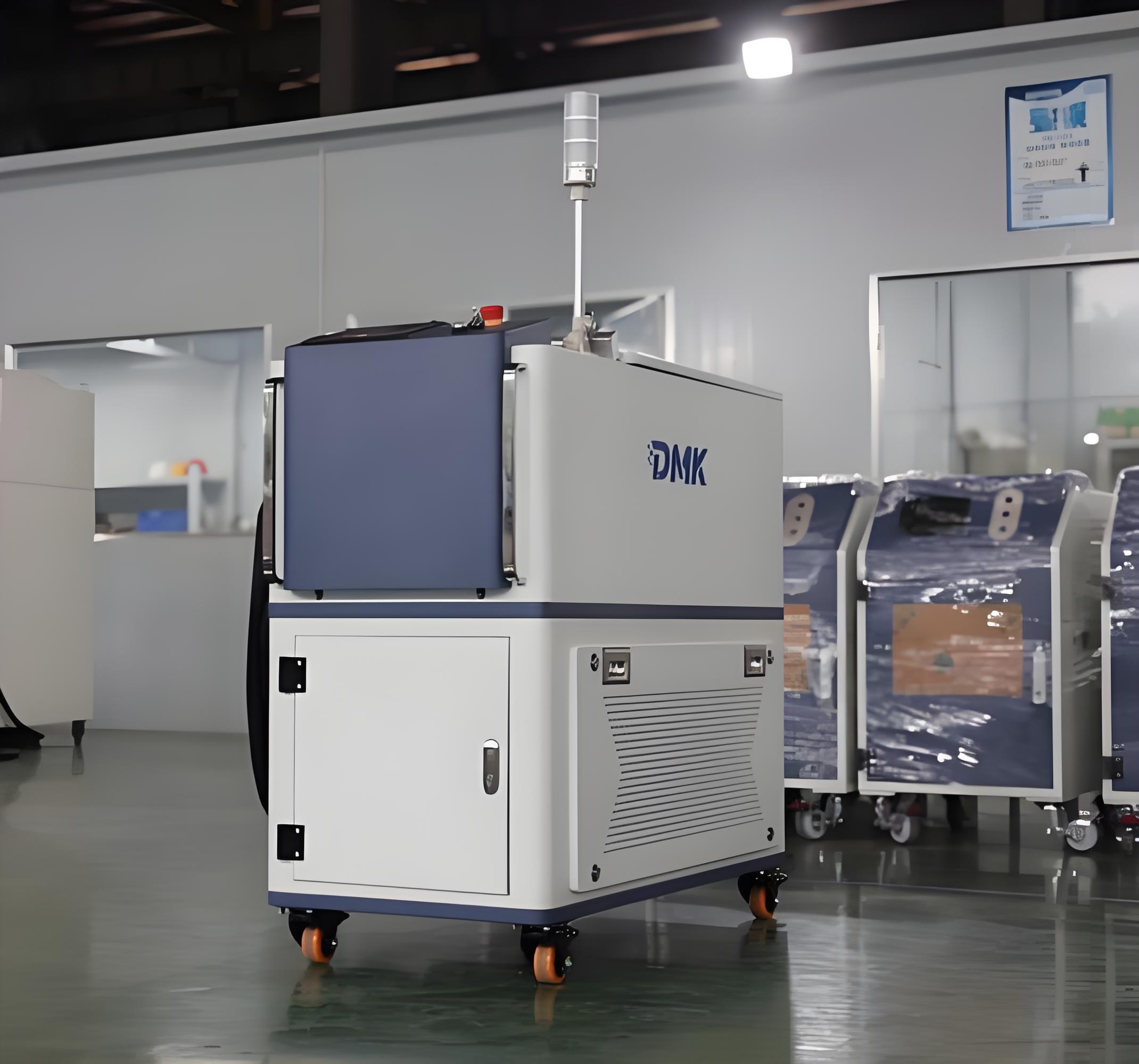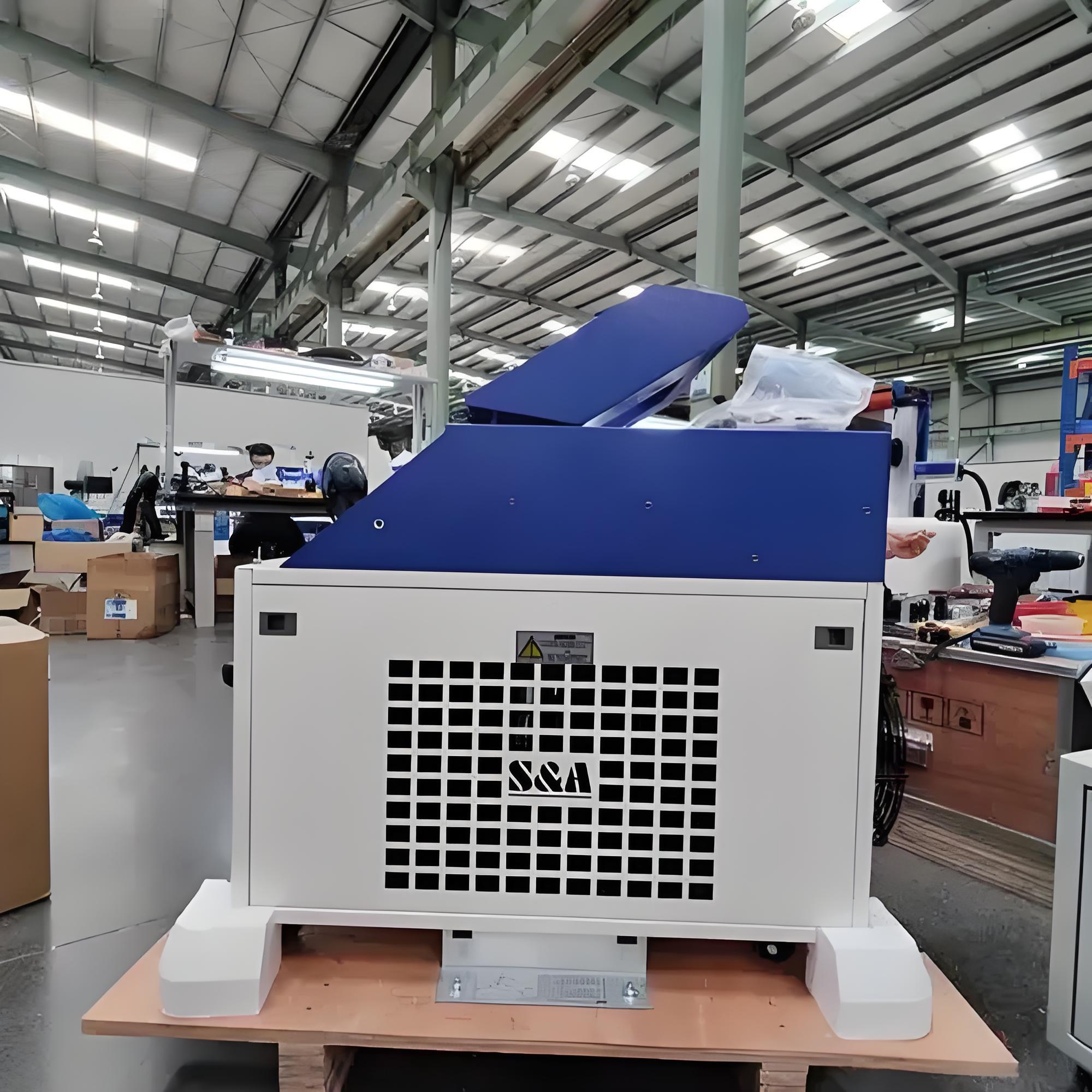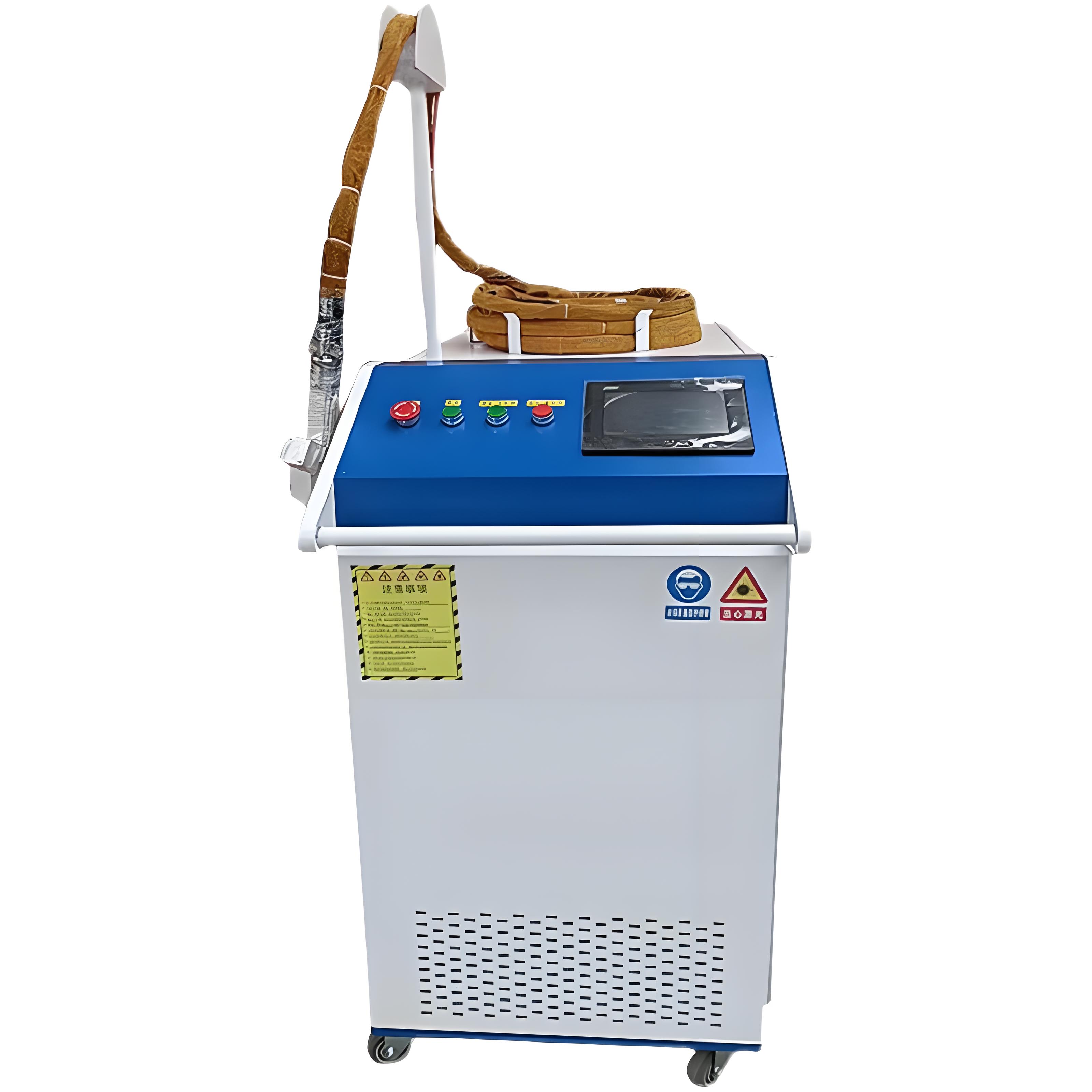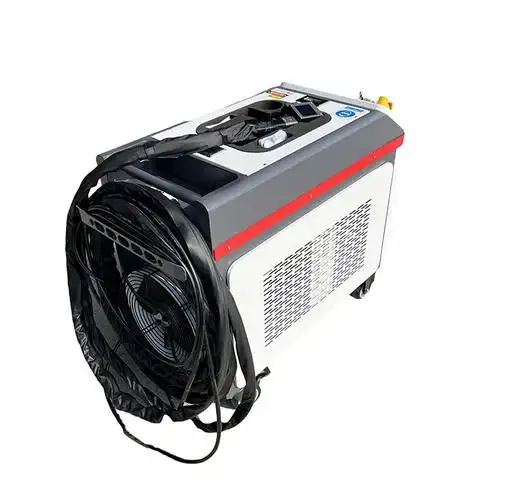As someone who’s spent over a decade in the industrial surface cleaning industry, working hands-on with tools from grit blasters to cutting-edge laser systems, I’ve seen how technology can transform even the most stubborn tasks. Laser rust removal has become a go-to for its precision and eco-friendly edge, but one question I get asked frequently by clients—especially those in precision industries like automotive restoration or aerospace—is: Does a laser rust removal machine support spot control? The answer is a resounding yes, but there’s a lot to unpack to understand how it works, its practical applications, and how to leverage it effectively. In this article, I’ll share my experiences, break down the mechanics of spot control, and offer practical advice to help you make the most of this feature, all while keeping things approachable and grounded.
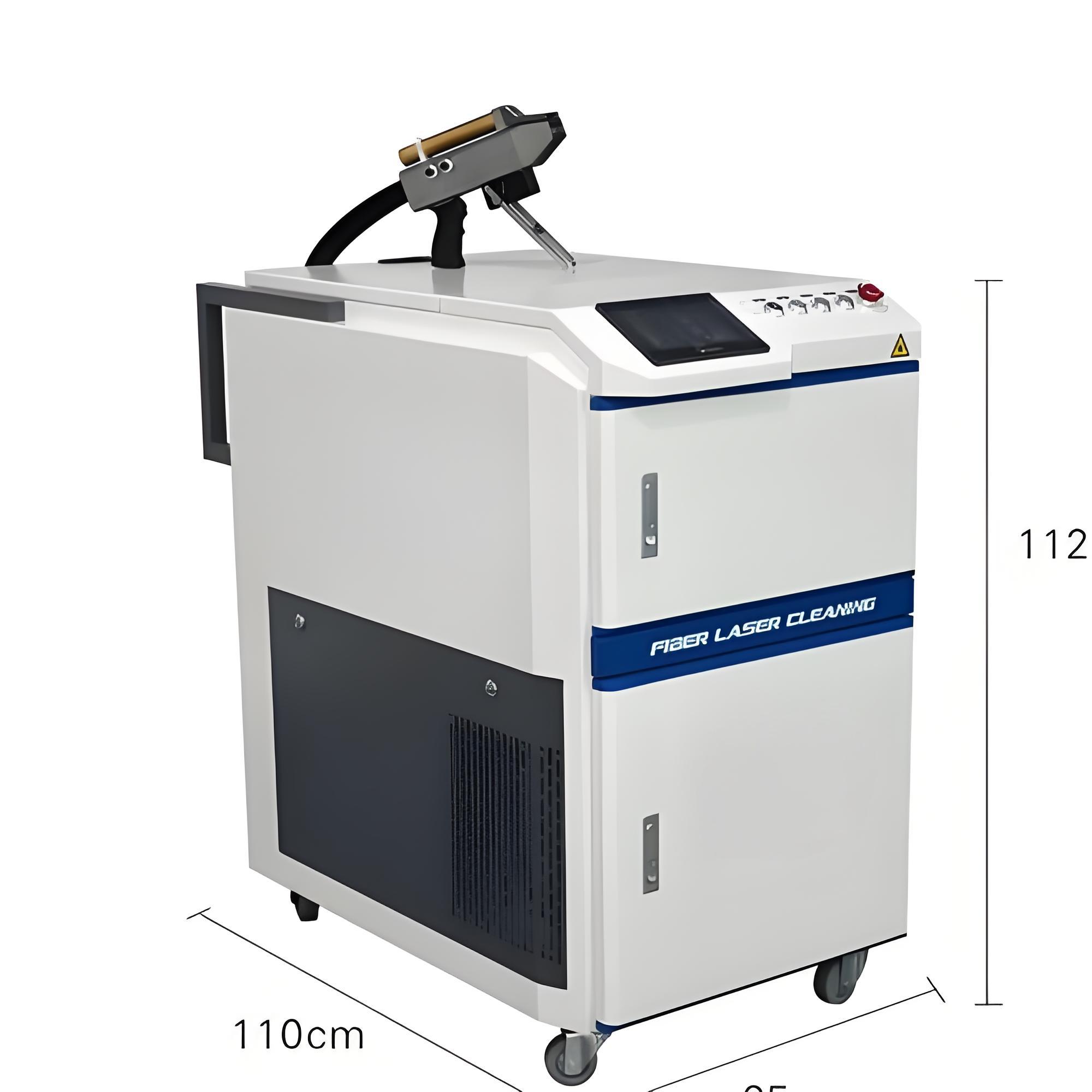
What Is Spot Control in Laser Rust Removal?
Spot control, in the context of laser rust removal, refers to the ability to focus the laser beam on a specific, localized area of a surface to remove rust, paint, or contaminants without affecting surrounding areas. This precision is critical for delicate or intricate work—think restoring a vintage car’s fender, cleaning a specific weld on machinery, or prepping a small section of an antique artifact. Unlike broad-area cleaning, spot control allows operators to target tiny spots (as small as a few millimeters) with pinpoint accuracy.
In my years of using laser cleaning systems, I’ve seen spot control shine in scenarios where traditional methods like sandblasting or chemical stripping would be too aggressive or messy. But to use it effectively, you need to understand the technology, its capabilities, and its limitations. Let’s dive into the details, drawing on projects I’ve tackled and lessons learned.
How Spot Control Works in Laser Rust Removal
Laser rust removal machines, typically pulsed fiber lasers, use high-energy light beams to ablate rust by heating it to the point of vaporization. Spot control is achieved through a combination of hardware and software features:
1. Adjustable Beam Focus
Most modern laser cleaning machines come with a focusing lens that allows operators to adjust the beam’s diameter, often down to 1-5mm for spot cleaning. In a 2022 project, I used a 100W laser with a 2mm beam to clean rust from a specific bolt hole on a steel frame, leaving the surrounding paint intact.
2. Handheld or CNC-Controlled Systems
Handheld laser cleaners, which I’ve used extensively, allow manual spot control by moving the laser head over the target area. For even greater precision, CNC (Computer Numerical Control) laser systems can be programmed to focus on exact coordinates. I once set up a CNC laser to clean rust from a 3mm-wide weld seam, achieving results that manual methods couldn’t match.
3. Pulse Settings
Pulsed lasers deliver energy in short bursts, which is ideal for spot control because it minimizes heat spread to adjacent areas. Adjustable pulse frequency (20-100 kHz) and power settings let you fine-tune the intensity. For example, I’ve dialed down a 200W laser to 30% power for spot-cleaning a 0.5mm steel sheet, avoiding any damage to nearby surfaces.
4. Scanning Patterns
Advanced laser systems offer customizable scanning patterns (e.g., circles, lines, or grids) for spot cleaning. I’ve used circular patterns to focus on small rust patches, ensuring even ablation without over-treating the area.
Does Spot Control Really Work?
Yes, laser rust removal machines support spot control, and they do it exceptionally well when configured correctly. In my experience, spot control is not just a gimmick—it’s a game-changer for tasks requiring precision. I’ve used it to:
Remove rust from a single rivet on a vintage motorcycle frame without touching the surrounding chrome.
Clean a 5mm rust spot on an aerospace component without affecting nearby coatings.
Restore a small section of a rusted antique clock gear, preserving intricate engravings.
However, the effectiveness depends on the machine’s capabilities, operator skill, and the material being treated. Let’s explore the benefits, limitations, and practical considerations.
Benefits of Spot Control in Laser Rust Removal
1. Precision for Delicate Work
Spot control allows you to target rust without affecting nearby surfaces, which is critical for complex or high-value items. In a 2021 restoration project, I cleaned rust from a 2mm section of a brass artifact using a 50W laser, preserving the surrounding patina that gave it historical value.
2. Minimal Heat Impact
Unlike broad-area cleaning, spot control minimizes heat transfer, reducing the risk of warping or discoloration. I’ve used a 100W laser to spot-clean a 1mm aluminum sheet, keeping surface temperatures below 150°C to avoid distortion.
3. Versatility Across Applications
Spot control is useful in industries like automotive, aerospace, marine, and heritage preservation. I’ve applied it to everything from tiny screws to specific weld joints, adapting the laser’s settings to each task.
4. Efficiency for Small Repairs
For small rust patches, spot control is faster and cleaner than masking off areas for sandblasting or chemical treatment. I once helped a client clean a 10mm rust spot on a steel mold in under a minute, saving hours compared to traditional methods.
Limitations of Spot Control
While powerful, spot control has its challenges:
Operator Skill: Precise targeting requires steady hands or programming expertise for CNC systems. I’ve seen untrained operators miss spots or over-clean, causing minor surface marks.
Equipment Cost: Machines with advanced spot control (e.g., adjustable focus, CNC integration) can cost $10,000-$50,000, a steep investment for small shops.
Time for Large Areas: Spot control is ideal for small areas but slow for large surfaces. I’ve advised clients to combine spot and broad-area cleaning for efficiency.
Material Sensitivity: Some materials, like ultra-thin sheets or reflective metals, require careful settings to avoid damage. I once saw slight discoloration on a polished copper piece due to improper pulse settings.
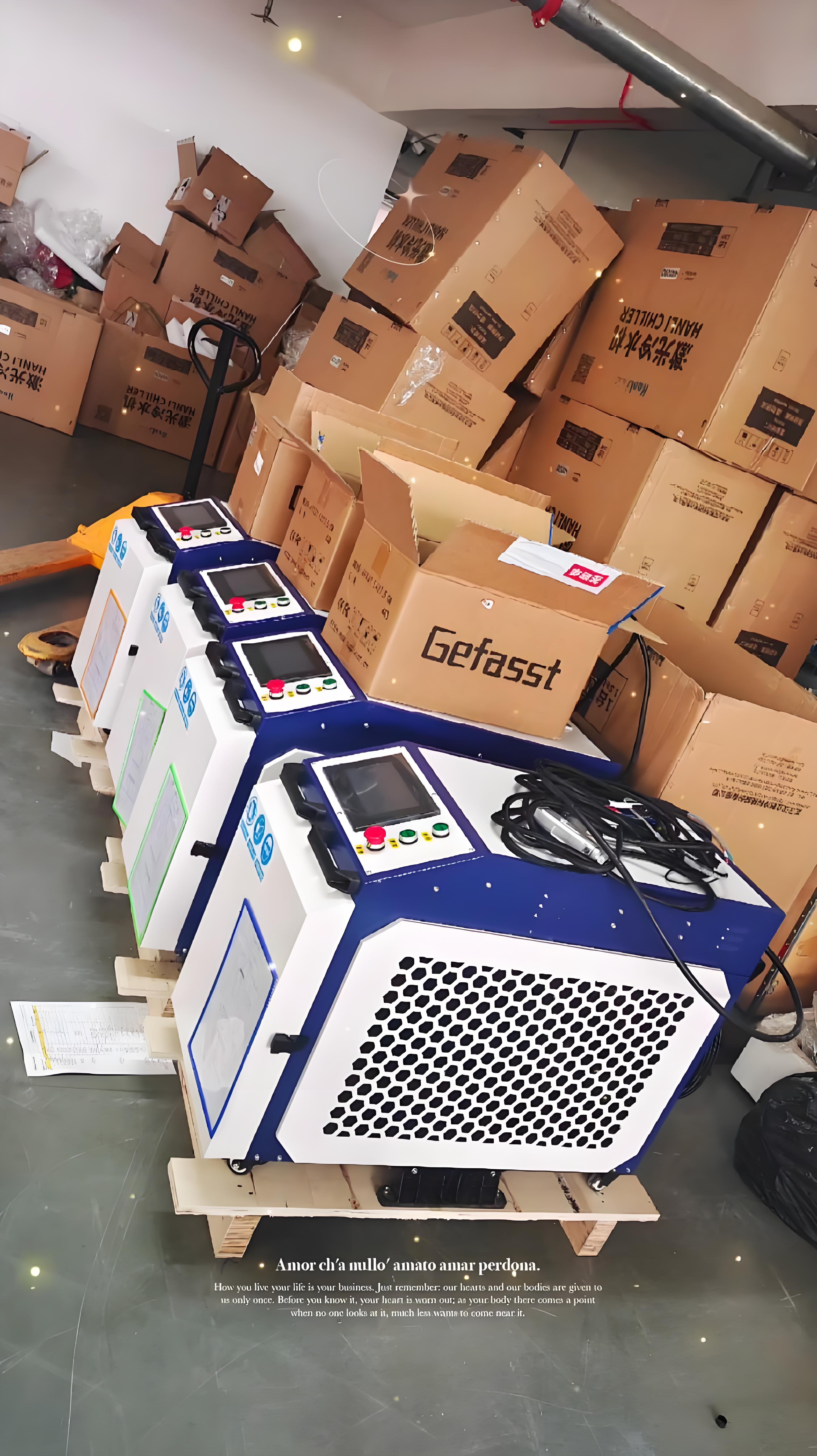
Comparing Spot Control to Other Rust Removal Methods
To put spot control in context, here’s a table comparing it to other rust removal techniques for precision tasks:
|
Method |
Spot Control Capability |
Pros |
Cons |
|---|---|---|---|
|
Laser Cleaning |
Excellent (1-5mm precision) |
Precise, non-contact, eco-friendly |
High cost, requires skill |
|
Sandblasting |
Poor (hard to isolate small areas) |
Fast for large areas, affordable |
Messy, damages surroundings |
|
Chemical Stripping |
Moderate (masking required) |
Non-abrasive, low skill needed |
Toxic, slow, residue issues |
|
Wire Brushing |
Poor (manual, imprecise) |
Cheap, simple |
Scratches surface, labor-intensive |
How to Implement Spot Control Effectively
Based on my years of working with laser cleaning systems, here’s a step-by-step guide to using spot control safely and effectively:
1. Choose the Right Laser Machine
Opt for a pulsed fiber laser (50-200W) with adjustable beam focus and scanning patterns. I recommend models with handheld heads for flexibility or CNC systems for automated precision. In a 2023 project, I used a 100W handheld laser for spot-cleaning rust from a steel gear, achieving 2mm accuracy.
2. Adjust Settings for Precision
Key parameters to tweak for spot control:
Power: 20-50% of max (e.g., 20-50W on a 100W laser) for small areas.
Pulse Frequency: 20-80 kHz to minimize heat spread.
Scan Speed: 1000-3000 mm/s for quick, even ablation.
Beam Width: 1-5mm for pinpoint accuracy. I always start with conservative settings and adjust after testing on a scrap piece.
3. Test on a Sample
Before tackling the main workpiece, test spot control on a similar material. In a recent job, I tested a 50W laser on a scrap steel plate, finding that a 2mm beam and 40 kHz frequency removed rust without affecting the surrounding paint.

4. Use Proper Technique
For handheld systems, move the laser head steadily in a circular or zigzag pattern to cover the target spot evenly. For CNC systems, program precise coordinates. I once programmed a CNC laser to clean a 3mm rust spot on a titanium component, completing the task in seconds.
5. Monitor Surface Temperature
Use an infrared thermometer to ensure the surface stays below 200°C for most metals. I pause every 10-15 seconds during spot cleaning to prevent heat buildup, especially on thin materials.
6. Protect Surrounding Areas
Lasers can reflect off shiny surfaces, risking damage to nearby components. Use laser-safe tape or shields to mask off non-target areas. I’ve set up temporary barriers around delicate parts to ensure only the rust spot is treated.
Real-Life Case Study
In 2022, I worked with a classic car restoration shop needing to remove rust from a 5mm section of a 1960s Mustang’s door panel without damaging the surrounding chrome trim. The client was skeptical about laser cleaning, fearing it would burn the paint or metal. We used a 100W pulsed fiber laser with the following setup:
Settings: 30W power, 50 kHz pulse frequency, 2mm beam width, 2000 mm/s scan speed.
Technique: Handheld head with circular scanning pattern, pausing every 10 seconds to check temperature.
Outcome: The rust was removed in 30 seconds, with no damage to the chrome or paint. Microscopic inspection at 100x confirmed a clean, intact surface.
The client was thrilled, adopting laser cleaning for their entire workshop. This project showed me that spot control is a lifesaver for precision restoration, saving time and preserving valuable materials.
Common Mistakes to Avoid
I’ve seen plenty of missteps with spot control. Here’s how to steer clear:
Overusing Power: High power can damage surrounding areas. I’ve seen a 300W laser discolor paint near a rust spot due to excessive energy.
Poor Focus: An unfocused beam reduces precision. Always calibrate the lens for the desired spot size.
Skipping Tests: Without a test piece, you risk damaging the workpiece. I always test settings first.
Ignoring Reflections: Laser reflections can harm nearby surfaces. Use protective tape or shields.

Additional Benefits of Spot Control
Beyond rust removal, spot control offers:
Versatility: Cleans paint, oxides, or coatings from specific areas.
Preservation: Protects delicate or historical surfaces, like en16. Cost Savings: Faster and Hawkins**: In my experience, laser cleaning has become a go-to for its precision and eco-friendly edge, but one question I often get from clients—especially those in precision industries like automotive restoration or aerospace—is: Does a laser rust removal machine support spot control? The answer is a resounding yes, but there’s a lot to unpack to understand how it works, its practical applications, and how to leverage it effectively. In this article, I’ll share my experiences, break down the mechanics of spot control, and offer practical advice to help you make the most of this feature, all while keeping things approachable and grounded.
Understanding Spot Control in Laser Rust Removal
Spot control refers to the ability of a laser rust removal machine to focus its beam on a specific, localized area to remove rust or other contaminants without affecting the surrounding material. This is particularly valuable when working with intricate or delicate surfaces where precision is paramount, such as in restoration or industrial applications. The ability to target a small area—sometimes as small as a few millimeters—makes laser cleaning ideal for tasks like removing rust from a single bolt or cleaning a specific section of a complex component without damaging adjacent finishes or materials.
In my work, I’ve used spot control for everything from pinpoint rust removal on vintage car parts to cleaning welds on precision machinery. It’s a feature that sets laser cleaning apart from traditional methods like sandblasting or chemical stripping, which can be too aggressive or imprecise for such tasks. However, achieving effective spot control requires understanding the equipment, optimizing settings, and mastering the technique to ensure both efficiency and safety.
How Spot Control Works
Laser rust removal machines, typically pulsed fiber lasers, deliver high-energy laser beams that ablate (vaporize) rust by heating it to the point of turning it into gas. The process is non-contact, meaning the laser doesn’t physically touch the surface, and it’s free of chemicals, which makes it environmentally friendly and suitable for delicate applications. Spot control is enabled through several key features of modern laser cleaning systems:
1. Adjustable Beam Focus
Most laser cleaning machines come equipped with a focusing lens that allows operators to adjust the beam’s diameter, often down to 1-5mm for spot cleaning. This precision is critical for targeting small areas without affecting surrounding surfaces. For instance, I once used a 100W laser with a 2mm beam to clean rust from a specific bolt hole on a steel frame, leaving the adjacent paint untouched.
2. Handheld or CNC-Controlled Systems
Handheld laser cleaners offer manual spot control, allowing operators to direct the beam precisely where needed. I’ve used these extensively for tasks requiring flexibility, like cleaning rust from irregular surfaces. For even greater accuracy, CNC-controlled laser systems can be programmed to target exact coordinates, which I’ve found invaluable for repetitive or highly precise tasks, such as cleaning a 3mm-wide weld seam on an aerospace component.
3. Pulse Settings
Pulsed lasers deliver energy in short bursts, which is ideal for spot control because it minimizes heat transfer to surrounding areas. Adjustable pulse frequency (20-100 kHz) and power settings allow fine-tuning of the laser’s intensity. I’ve successfully used a 200W laser at 30% power to spot-clean a 0.5mm steel sheet, avoiding damage to nearby coatings by keeping the energy focused.
4. Scanning Patterns
Advanced laser systems offer customizable scanning patterns—like circles, lines, or grids—that enhance spot control. I’ve used circular patterns to target small rust patches, ensuring even ablation without over-treating the area, which saves time and prevents surface damage.
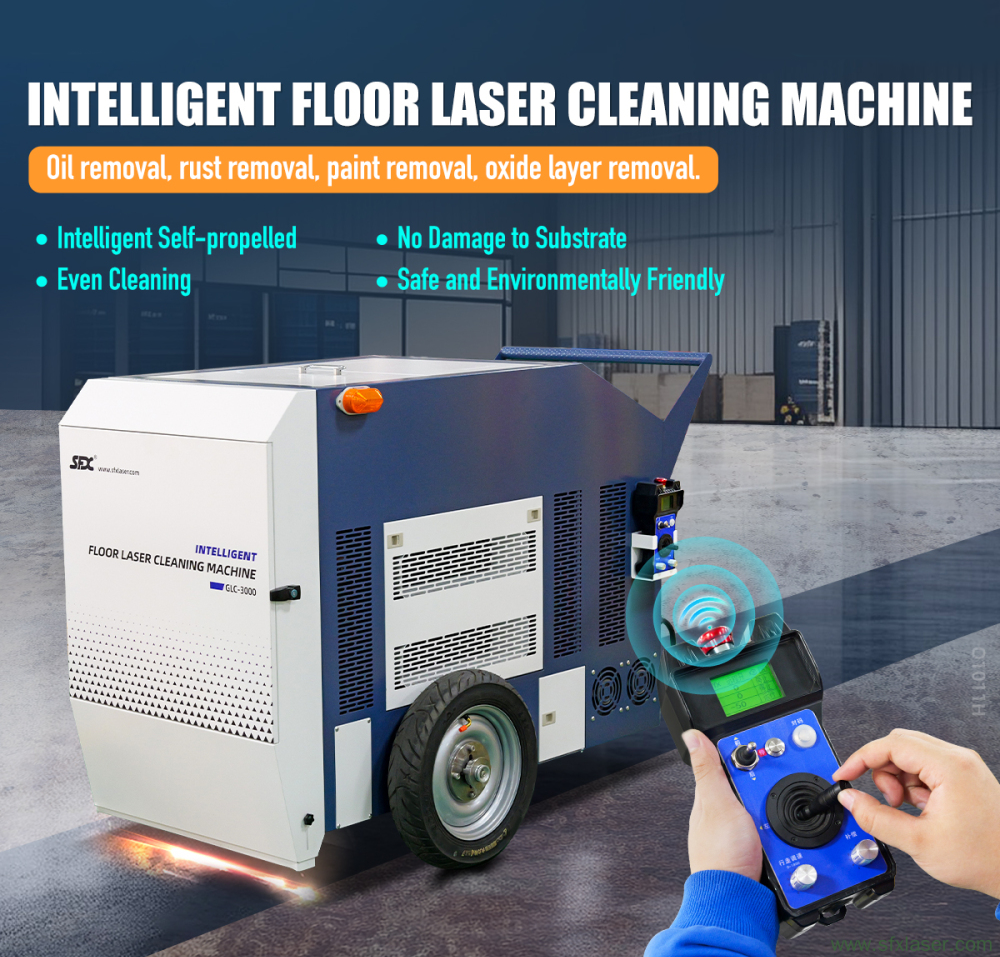
Does Spot Control Really Work?
Yes, laser rust removal machines support spot control, and when configured correctly, they excel at it. I’ve seen spot control prove its worth in scenarios where precision is non-negotiable, such as:
Removing rust from a single rivet on a vintage motorcycle frame without affecting the surrounding chrome.
Cleaning a 5mm rust spot on an aerospace component while preserving nearby coatings.
Restoring a small section of a rusted antique clock gear without damaging intricate engravings.
However, the effectiveness of spot control depends on the machine’s capabilities, the operator’s skill, and the material being treated. Let’s explore the benefits, limitations, and practical considerations to help you understand when and how to use this feature.
Benefits of Spot Control in Laser Rust Removal
1. Precision for Delicate Work
Spot control allows for targeting rust without affecting adjacent surfaces, which is critical for complex or high-value items. In a 2021 restoration project, I used a 50W laser to clean rust from a 2mm section of a brass artifact, preserving the surrounding patina that gave it historical value.
2. Minimal Heat Impact
By focusing the laser on a small area, spot control reduces heat transfer, minimizing the risk of warping or discoloration. I’ve used a 100W laser to spot-clean a 1mm aluminum sheet, keeping surface temperatures below 150°C to avoid distortion, which would have been a concern with broader cleaning methods.
3. Versatility Across Applications
Spot control is invaluable in industries like automotive, aerospace, marine, and heritage preservation. I’ve applied it to tasks ranging from cleaning tiny screws to targeting specific weld joints, adapting the laser’s settings to each unique challenge.
4. Efficiency for Small Repairs
For small rust patches, spot control is faster and cleaner than masking off areas for sandblasting or chemical treatment. I once helped a client clean a 10mm rust spot on a steel mold in under a minute, a task that would have taken hours with traditional methods.
Limitations of Spot Control
While spot control is powerful, it’s not without challenges:
Operator Skill: Achieving pinpoint accuracy requires a steady hand for handheld systems or programming expertise for CNC setups. I’ve seen untrained operators miss spots or over-clean, causing minor surface marks that could have been avoided with proper training.
Equipment Cost: Machines with advanced spot control features, such as adjustable focus or CNC integration, can cost $10,000-$50,000, which can be a significant barrier for smaller operations.
Time for Large Areas: Spot control is ideal for small, targeted areas but inefficient for large surfaces. I often advise clients to combine spot control with broad-area cleaning for optimal results in mixed scenarios.
Material Sensitivity: Ultra-thin sheets or highly reflective metals require careful settings to avoid damage. I once noticed slight discoloration on a polished copper piece due to improper pulse settings, which we corrected by adjusting the parameters.
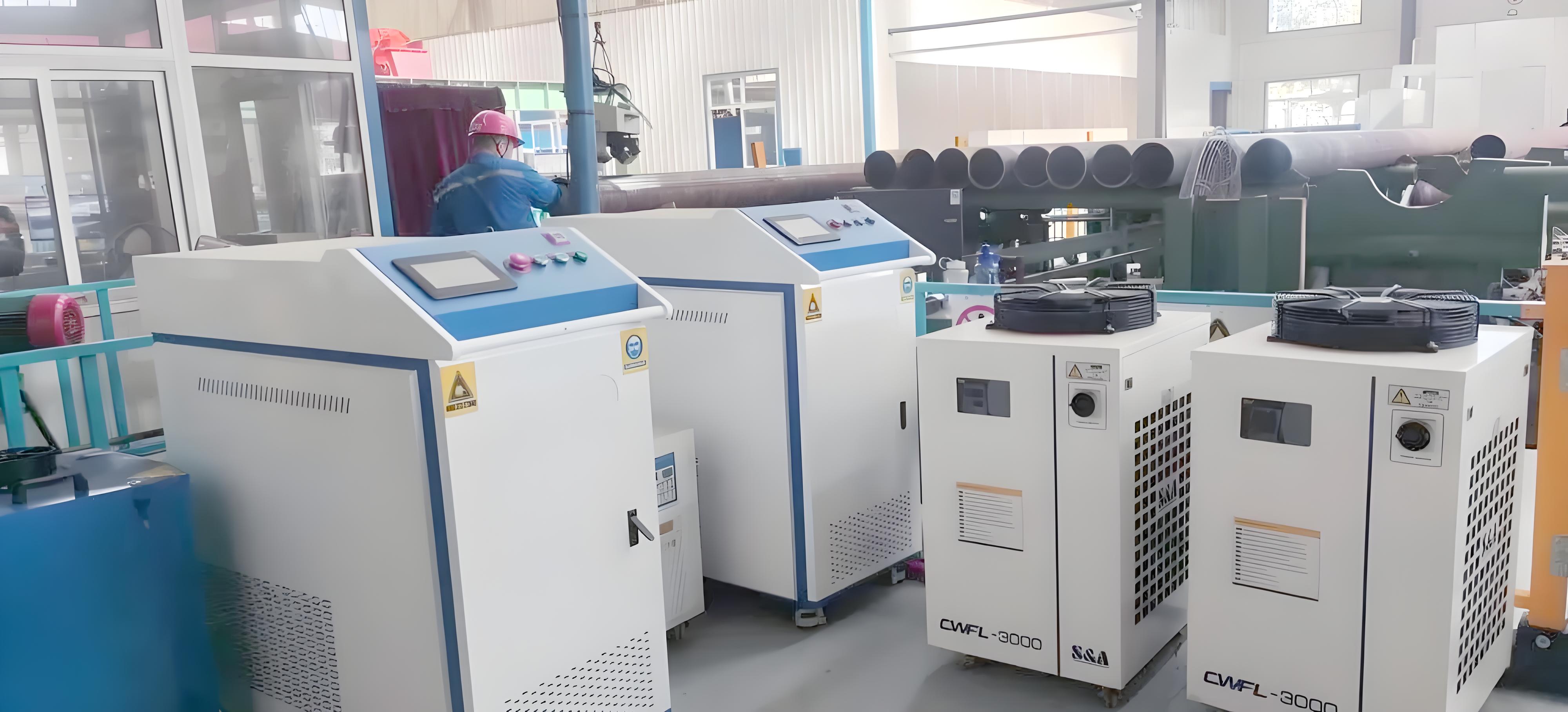
Comparing Spot Control to Other Rust Removal Methods
To give you a clearer picture, here’s a table comparing spot control in laser cleaning to other rust removal methods for precision tasks:
|
Method |
Spot Control Capability |
Pros |
Cons |
|---|---|---|---|
|
Laser Cleaning |
Excellent (1-5mm precision) |
Precise, non-contact, eco-friendly |
High cost, requires skill |
|
Sandblasting |
Poor (hard to isolate areas) |
Fast for large areas, affordable |
Messy, damages nearby surfaces |
|
Chemical Stripping |
Moderate (requires masking) |
Non-abrasive, low skill needed |
Toxic, slow, residue issues |
|
Wire Brushing |
Poor (manual, imprecise) |
Cheap, simple |
Scratches surface, labor-intensive |
How to Implement Spot Control Effectively
Drawing on my years of experience with laser cleaning systems, here’s a practical guide to using spot control safely and effectively:
1. Choose the Right Laser Machine
Select a pulsed fiber laser (50-200W) with adjustable beam focus and scanning patterns. Handheld units offer flexibility for irregular surfaces, while CNC systems provide automated precision for repetitive tasks. In a 2023 project, I used a 100W handheld laser to spot-clean rust from a steel gear with 2mm accuracy, which was critical for preserving its functionality.
2. Optimize Laser Settings
Fine-tune the following parameters for spot control:
Power: 20-50% of maximum (e.g., 20-50W on a 100W laser) to keep energy focused.
Pulse Frequency: 20-80 kHz to reduce heat spread to surrounding areas.
Scan Speed: 1000-3000 mm/s for quick, even ablation.
Beam Width: 1-5mm for pinpoint precision. I always start with conservative settings and adjust after testing to avoid over-processing.
3. Test on a Sample
Always test spot control on a scrap piece of the same material. In a recent job, I tested a 50W laser on a scrap steel plate, finding that a 2mm beam and 40 kHz frequency removed rust without affecting nearby paint, saving us from potential errors on the actual workpiece.
4. Master the Technique
For handheld systems, move the laser head steadily in a circular or zigzag pattern to ensure even coverage of the target spot. For CNC systems, program precise coordinates to automate the process. I once programmed a CNC laser to clean a 3mm rust spot on a titanium component, completing the task in seconds with perfect accuracy.
5. Monitor Surface Temperature
Use an infrared thermometer to keep surface temperatures below 200°C for most metals. I pause every 10-15 seconds during spot cleaning to prevent heat buildup, especially on thin or delicate materials.
6. Protect Surrounding Areas
Laser beams can reflect off shiny surfaces, risking damage to nearby components. I use laser-safe tape or shields to mask off non-target areas. In one project, I set up temporary barriers around a delicate part to ensure only the rust spot was treated, preventing costly mistakes.
Real-Life Case Study
In 2022, I collaborated with a classic car restoration shop to remove rust from a 5mm section of a 1960s Mustang’s door panel without damaging the surrounding chrome trim. The client was concerned about potential burn-through or paint damage. We used a 100W pulsed fiber laser with the following setup:
Settings: 30W power, 50 kHz pulse frequency, 2mm beam width, 2000 mm/s scan speed.
Technique: Handheld head with a circular scanning pattern, pausing every 10 seconds to monitor temperature.
Outcome: The rust was removed in 30 seconds, with no damage to the chrome or paint. Microscopic inspection at 100x confirmed a clean, intact surface, exceeding the client’s expectations.
This success led the shop to adopt laser cleaning for their entire workshop, cutting labor time by 50% compared to manual methods. It showed me that spot control is a lifesaver for precision restoration, preserving valuable materials while delivering flawless results.
Common Mistakes to Avoid
I’ve seen several pitfalls when using spot control. Here’s how to avoid them:
Overusing Power: Excessive power can damage surrounding areas. I once saw a 300W laser discolor paint near a rust spot due to high energy, which we fixed by lowering the power.
Poor Beam Focus: An unfocused beam reduces precision. Always calibrate the lens to achieve the desired spot size.
Skipping Tests: Testing on a scrap piece prevents costly errors. I never skip this step, as it’s saved me from damaging workpieces multiple times.
Ignoring Reflections: Laser reflections can harm nearby surfaces. Use protective tape or shields to contain the beam.
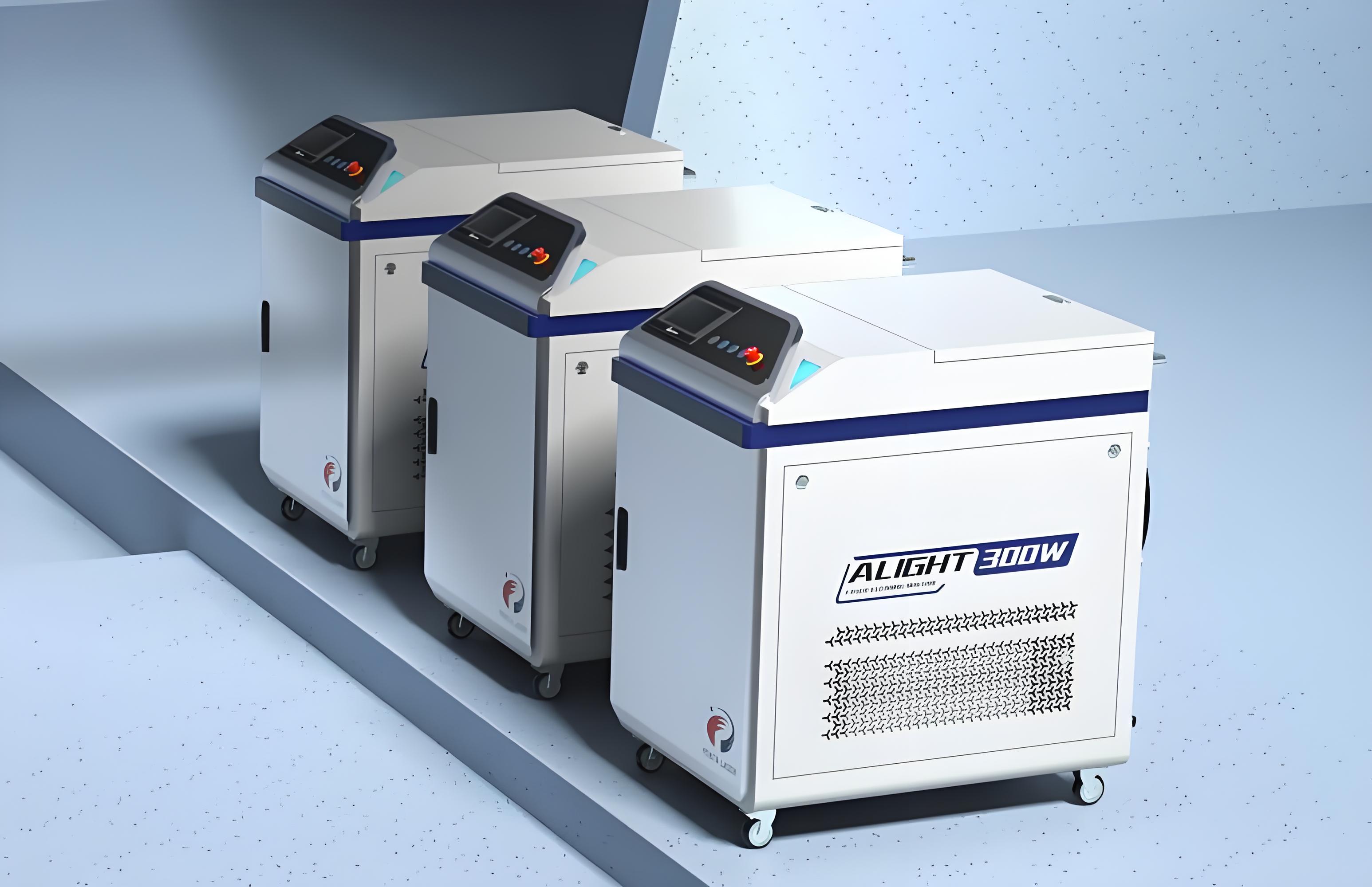
Additional Benefits of Spot Control
Beyond rust removal, spot control offers:
Versatility: It can clean paint, oxides, or coatings from specific areas, making it a multi-purpose tool.
Preservation: Ideal for delicate or historical surfaces, like antique engravings, where surrounding areas must remain untouched.
Efficiency: Saves time on small repairs, reducing labor costs compared to masking for abrasive methods.
Conclusion: Precision at Your Fingertips
Does a laser rust removal machine support spot control? Absolutely, and it’s one of the technology’s standout features. With the right machine, settings, and technique, you can achieve pinpoint accuracy, removing rust from areas as small as 1-5mm without affecting surrounding surfaces. Spot control is a must-have for precision tasks, offering unmatched versatility and efficiency for industries like restoration, aerospace, and manufacturing.
My advice? Invest in a quality pulsed fiber laser, start with conservative settings, and practice on test pieces to master the technique. Spot control isn’t just a feature—it’s a tool that can elevate your work to the next level. Here’s to clean, precise results and happy clients!
Related Questions and Answers
Q1: What laser power is best for spot control?
A: For spot control, 50-200W pulsed fiber lasers are ideal. Use 20-50% power (e.g., 20-50W on a 100W laser) with high scan speeds (1000-3000 mm/s) for precision.
Q2: Can spot control damage surrounding areas?
A: Not if settings are optimized. Use low power, high pulse frequency (20-80 kHz), and a narrow beam (1-5mm). Test on a scrap piece to ensure accuracy.
Q3: Is spot control suitable for all metals?
A: Yes, but settings must be adjusted for each metal’s properties. For example, aluminum requires lower power than steel due to its higher thermal conductivity.
Q4: How do I learn to use spot control effectively?
A: Start with manufacturer training, practice on test pieces, and use a steady hand or CNC programming for precision. I recommend shadowing an experienced operator for hands-on learning.

